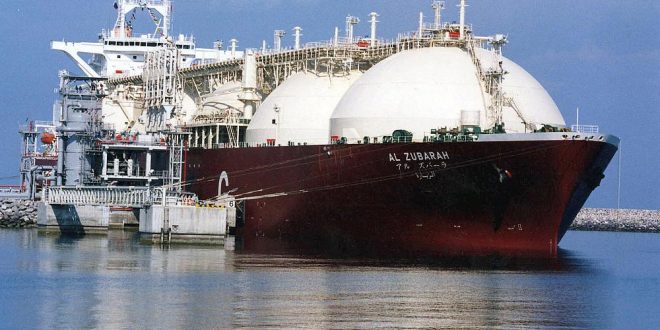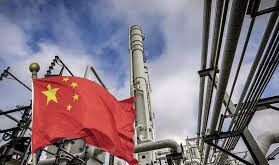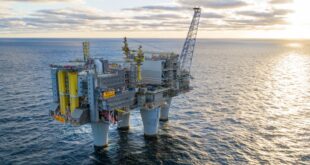European countries have boasted that their gas storage facilities have been filled at higher than usual levels before the start of winter. Yet more LNG cargos are arriving in Europe at such rates that they are jamming ports. And freight rates are through the roof, adding to already record LNG prices. Earlier this week, media reported that there were more than 30 LNG tankers idling off the coast of Spain, waiting to unload at one of its regasification terminals. Clearly, these terminals were not sufficient for the surge of LNG imports into the country, which sports the most LNG import terminals in Europe, at a total of six.
Yet Spain is not the only one in an “exceptional operational situation,” as the government in Madrid called it. There are dozens of LNG tankers waiting to unload or serving as floating storage near other European ports as well. And as the LNG rush to Europe continues, an LNG tanker shortage is looming large.
“Every natural-gas buyer who is serious has taken LNG carriers into their portfolio,” Jefferies shipping research head Omar Nokta told the Wall Street Journal. “There is very limited capacity out there and it’s super expensive to get.”
It’s the oldest of laws about supply and demand at work, but this same law is also pushing freight rates for LNG carriers sky-high, which is adding to already substantial LNG import bills in Europe and Asia.
According to Baltic Exchange data cited in the Wall Street Journal report, spot market LNG tanker rates have gone up sixfold since the start of the year, reaching $450,000 per day this week.
Brokers expect this to rise further to half a million dollars daily as demand remains strong ahead of winter. And that might not be the ceiling because one UK brokerage has forecast freight rates could soar to as much as $1 million per day before the year’s end.
An additional factor making the shipment of LNG more expensive is that a substantial portion of the available LNG fleet is currently being used as floating storage as traders await the price of the commodity to go higher still as winter begins. The Reuters report about the LNG tanker jams noted that LNG prices for delivery in November and December are $2 mmBtu higher than current prices.
The jams are also turning some of the tankers waiting to unload into floating storage, at least temporarily, helped by a dip in demand because of warmer-than-usual weather in Spain and lower industrial demand for gas across Europe because of the slowdown in economic activity, which in turn was caused by the gas shortage that began last year.
There’s more expensive news on the horizon, too. The restart of Freeport LNG, which shut down after a fire in June, hurting the affordability and availability aspects of Europe’s new-found LNG addiction, could be delayed.
Rystad Energy, the Norwegian energy consultancy, forecast recently that Freeport LNG could return to normal operations by the end of next month, but added that there is still the possibility of a delay. This delay, Rystad noted, could push gas prices higher in the United States. Higher U.S. gas prices would automatically increase LNG prices for the international market as well.
This is happening as the European Union tries to put its foot down and say it will install a ceiling on LNG prices. A proposal to that effect was made this week by the Commission and was discussed by European leaders at a meeting that took place on Thursday.
Even before the meeting, an agreement was unlikely as member states are split on the issue, but the push to tame gas prices and consequently, inflation is strong and some form of price control might end up being agreed to reduce the price pain.
There is some silver lining despite all the bad price news. China’s LNG imports are expected to decline sharply due to weak demand and high spot market prices, which will free up more cargos for Europe. It’s only too bad it cannot build more LNG import terminals in weeks.
 Iran Energy News Oil, Gas, Petrochemical and Energy Field Specialized Channel
Iran Energy News Oil, Gas, Petrochemical and Energy Field Specialized Channel




